- Home
- Directory
- Shop
- Underwater Cameras - Photographic Accessories
- Smartphone Housings
- Sea Scooters
- Hookah Dive Systems
- Underwater Metal Detectors
- Dive Gear
- Dive Accessories
- Diving DVD & Blu-Ray Discs
- Diving Books
- Underwater Drones
- Drones
- Subscriptions - Magazines
- Protective Cases
- Corrective Lenses
- Dive Wear
- Underwater Membership
- Assistive Technology - NDIS
- On Sale
- Underwater Gift Cards
- Underwater Art
- Power Stations
- Underwater Bargain Bin
- Brands
- 10bar
- AirBuddy
- Akona
- AOI
- Apollo
- AquaTech
- Atomic Aquatics
- aunoc
- AxisGo
- Backscatter Underwater Video and Photo
- BLU3
- Buddy-Watcher
- Cayago
- Chasing
- Cinebags
- Contour
- Deepblue
- Devilite
- Digipower
- DJI
- Dyron
- Edge Smart Drive
- Eneloop
- Energizer
- Exotech Innovations
- Fantasea
- FiiK Elektric Skateboards
- Garmin
- Geneinno
- GoPro
- Hagul
- Hoverstar
- Hydro Sapiens
- Hydrotac
- Ikelite
- Indigo Industries
- Inon
- Insta360
- Intova
- Isotta Housings
- Jobe
- JOBY
- Kraken Sports
- LEFEET
- Marelux
- Mirage Dive
- Nautica Seascooters
- Nautilus Lifeline
- NautiSmart
- Nocturnal Lights
- Nokta Makro
- Ocean Guardian
- Oceanic
- Olympus
- OM System
- Overboard
- Paralenz
- PowerDive
- QYSEA
- Ratio Dive Computers
- Scubajet
- Scubalamp
- Sea & Sea
- SeaDoo Seascooter
- SeaLife
- Seashell
- Seavu
- Shark Shield
- Sherwood Scuba
- Spare Air
- StickTite
- StormCase
- Sublue
- Suunto
- SwellPro
- T-HOUSING
- Tusa
- U.N Photographics
- Venture Heat
- XTAR
- Yamaha Seascooter
- Youcan Robot
- Zcifi
The Vanishing Dragon - By Carly Maple
Contributed by Tim Hochgrebe
Introduction
 When
cameraman Brenton Dean first approached me a few years ago, about writing a
wildlife documentary script that would tell the life ecology of leafy sea dragons,
I thought, "an entire hour on the one sea creature?" That would absolutely bore
people to sleep right?! I had only just got my scuba diving ticket and my diving
experience was little to none. The leafy sea dragon is the state marine emblem
in South Australia, where we both live and our filming production company; 'Abyss
Pictures' is based. And the thought of filming a creature in our own backyard
was something that I thought really wouldn't interest many, especially an entire
documentary on what is, the larger cousin of a sea horse. But 4 years later,
the completion of the documentary that we would come to name"The Vanishing Dragon"
would be seen and heard by more people than we ever anticipated and even begun
to imagine. Having screened twice already Australia wide on the National Nine
Network, to now being distributed internationally by National Geographic, it
seems the entire world has a fascination with one of our biggest secrets downunder.
This is an insight into the documentary on leafy sea dragons...
When
cameraman Brenton Dean first approached me a few years ago, about writing a
wildlife documentary script that would tell the life ecology of leafy sea dragons,
I thought, "an entire hour on the one sea creature?" That would absolutely bore
people to sleep right?! I had only just got my scuba diving ticket and my diving
experience was little to none. The leafy sea dragon is the state marine emblem
in South Australia, where we both live and our filming production company; 'Abyss
Pictures' is based. And the thought of filming a creature in our own backyard
was something that I thought really wouldn't interest many, especially an entire
documentary on what is, the larger cousin of a sea horse. But 4 years later,
the completion of the documentary that we would come to name"The Vanishing Dragon"
would be seen and heard by more people than we ever anticipated and even begun
to imagine. Having screened twice already Australia wide on the National Nine
Network, to now being distributed internationally by National Geographic, it
seems the entire world has a fascination with one of our biggest secrets downunder.
This is an insight into the documentary on leafy sea dragons...
The Vanishing Dragon (DVD)
"The Vanishing Dragon" (a winner at the Japan Wildlife Film Festival 2005) is a visually spectacular 52' wildlife documentary based on perhaps the most camouflaged of all ocean creatures; the leafy sea dragon. Unique to the rugged and fierce coastline of Southern Australia, the delicate leafy sea dragon resides. In order to survive in such a hostile environment, the leafy sea dragon relies completely in its ability to mimic a piece of seaweed. The leafy appendages placed on the head and body of the sea dragon mean that it can perfectly blend into its own environment.
 For
scuba divers, the chance of seeing one of these 'medieval' creatures in the
wild, is to travel to the southern coastline of Australia.
For
scuba divers, the chance of seeing one of these 'medieval' creatures in the
wild, is to travel to the southern coastline of Australia.
One of the dragon's most favourite of homes is under Rapid Bay Jetty situated
on the Fleurieu Peninsula in South Australia. Under this particular jetty there
are known to be over 30 breeding pairs and another 15 individuals that haven't
yet paired up for mating. Because of their tremendous ability to camouflage,
the leafy sea dragon is hard to find. Not to mention, they all look the same.
The only way to tell one individual from another, is to take a close up photo
of their head and compare it to other photos; the white markings on their face
and snout, are just like finger prints and are unique to each and every dragon.
In terms of sexing dragons, the easiest way to tell is during breeding season. The leafy sea dragon belongs to the Syngnathidae family, and just like its cousins, the weedy sea dragon, seahorse and pipefish, it's the male that has the extraordinary role in reproduction. After a courting dance that can continue up to weeks at a time, it's the male that will eventually fall pregnant once the female has deposited around 250 eggs onto his tail. For the next 5-6 weeks, the father will spend his time buried deep in the thick kelp meadows of the ocean floor and protect his young relentlessly from predators. Eventually the father will give birth and the eggs will drop.
Sadly, only 5% of the newborn will survive to reach maturity of 2 years of age. Once born, the tiny cm long dragons are highly susceptible to predators. But surprisingly, these predators are not the biggest threat to the species. The sea grass loss along the southern coastline of Australia is astounding. Effluent disposal and stormwater run off have been killing off the sea grass along this coastline for years. The degradation of sea grass not only affects the leafy sea dragon, but is the initial feeding ground for all creatures that live in the ocean. All sea creatures rely on it.
The underwater world makes up over two thirds of our planet. To preserve this world and the creatures that live in it, means the sea grass must flourish like it once did before. This is a story about a dragon that symbolises all of these creatures and is told by those who know it best. Prepare to lose yourself in a beautifully shot film and learn more about a dragon so majestic in nature and appearance... the vanishing dragon.
The making of...
 "The
Vanishing Dragon" took well over a year to completely research and write. Little
has been recorded about these creatures, and information is very hard to find.
The only way to properly research them was to visit them and study their behaviour
in their own environment. The documentary reveals information, which has never
been recorded before.
"The
Vanishing Dragon" took well over a year to completely research and write. Little
has been recorded about these creatures, and information is very hard to find.
The only way to properly research them was to visit them and study their behaviour
in their own environment. The documentary reveals information, which has never
been recorded before.
For example, the incubation period... it was believed that leafy sea dragons took only 4-6 weeks to hatch the eggs. But this isn't the case. The male carries the eggs for a period of about 7-8 weeks, and as the eggs begin to turn a ripe purple, he drops them all in 24-48 hour period. But the eggs don't just drop off, he aids in the babies hatching by shaking his tail, causing the eggs to jiggle. Also, he rubs his tail gently against seaweed and rocks as an aid in dislodging them. Such information as this, has been corrected and the documentary is full with new and exciting information and footage.
Cameraman and Producer, Brenton Dean, spent summer after summer under Rapid
Bay Jetty in South Australia attempting to capture the breeding and the egg
transfer in the wild. He has been following one pregnant male leafy sea dragon
in particular over the eight week course of incubation. This is the only recording
ever, of a male leafy sea dragon giving birth in the wild.
"The Vanishing Dragon" DVD is available for purchase from underwater.com.au
Shopfront
-
 SwellPro Fisherman MAX 4500mAh 6S LiPo Flight Battery
SwellPro Fisherman MAX 4500mAh 6S LiPo Flight Battery
- Price A$ 429.00
-
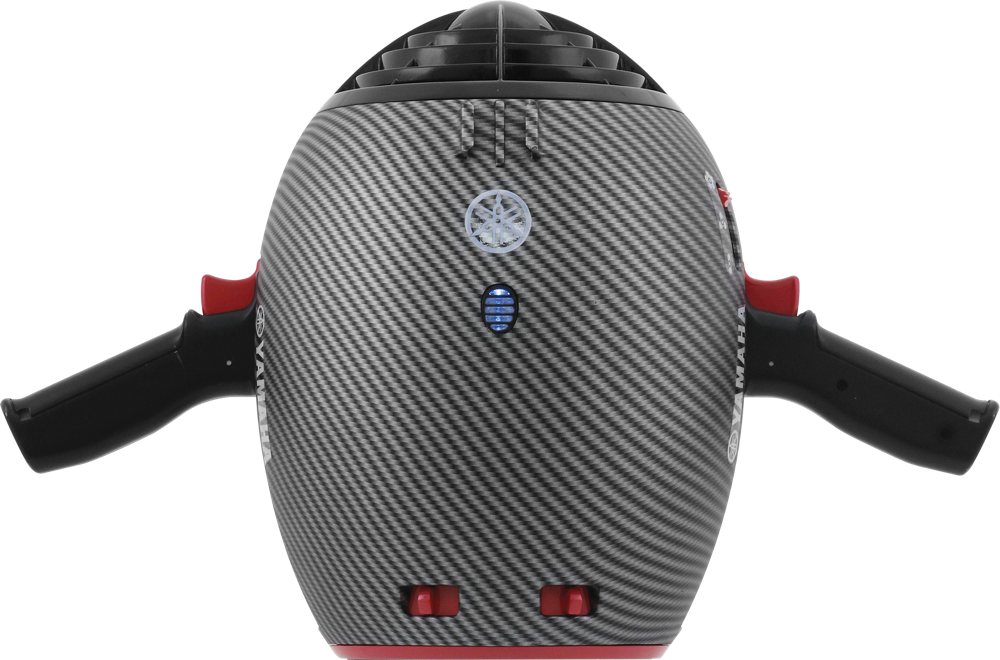 Yamaha Seascooter Jet Pod PRO
Yamaha Seascooter Jet Pod PRO
- Price A$ 1,799.00
-
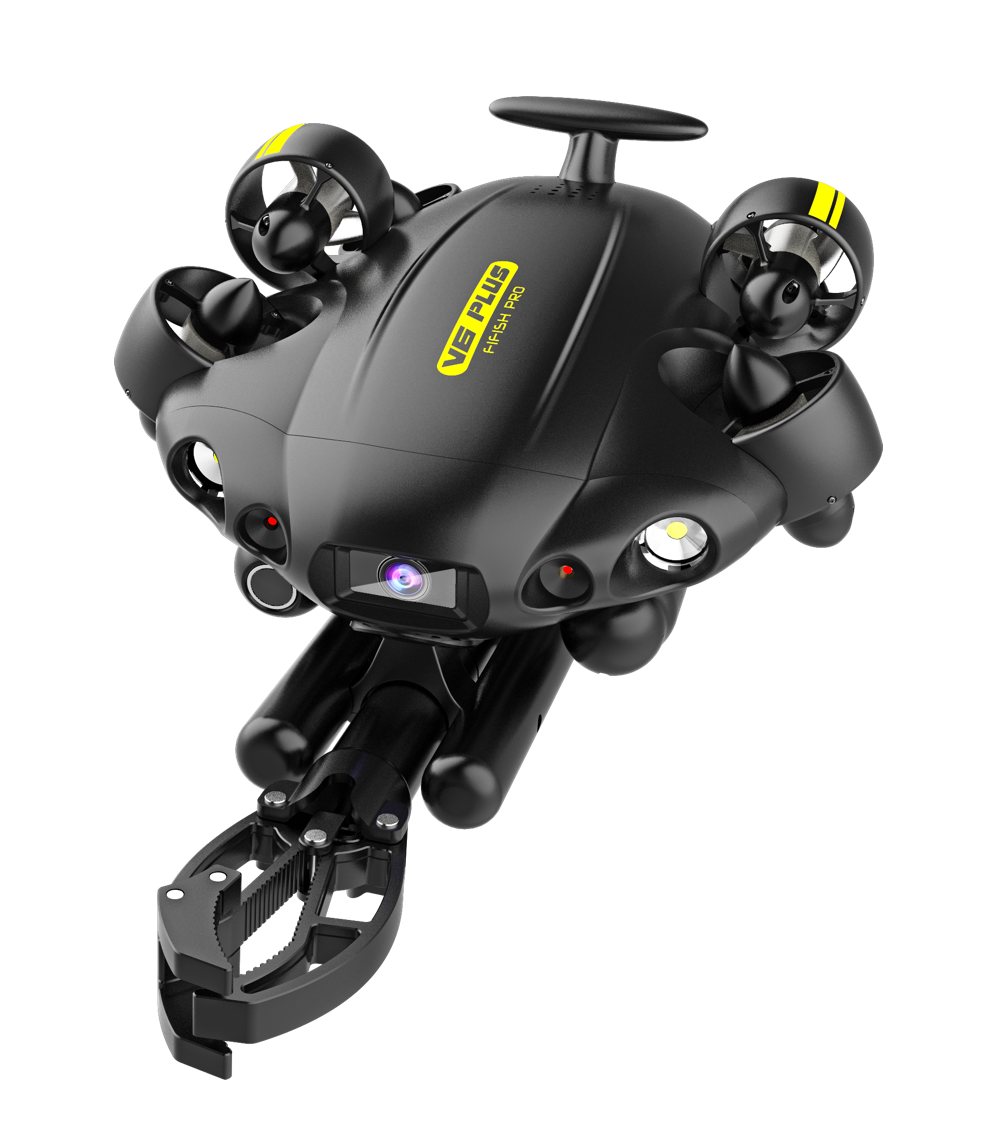 QYSEA Fifish V6 Plus - Underwater Drone Kit
QYSEA Fifish V6 Plus - Underwater Drone Kit
- Price A$ 25,000.00
-
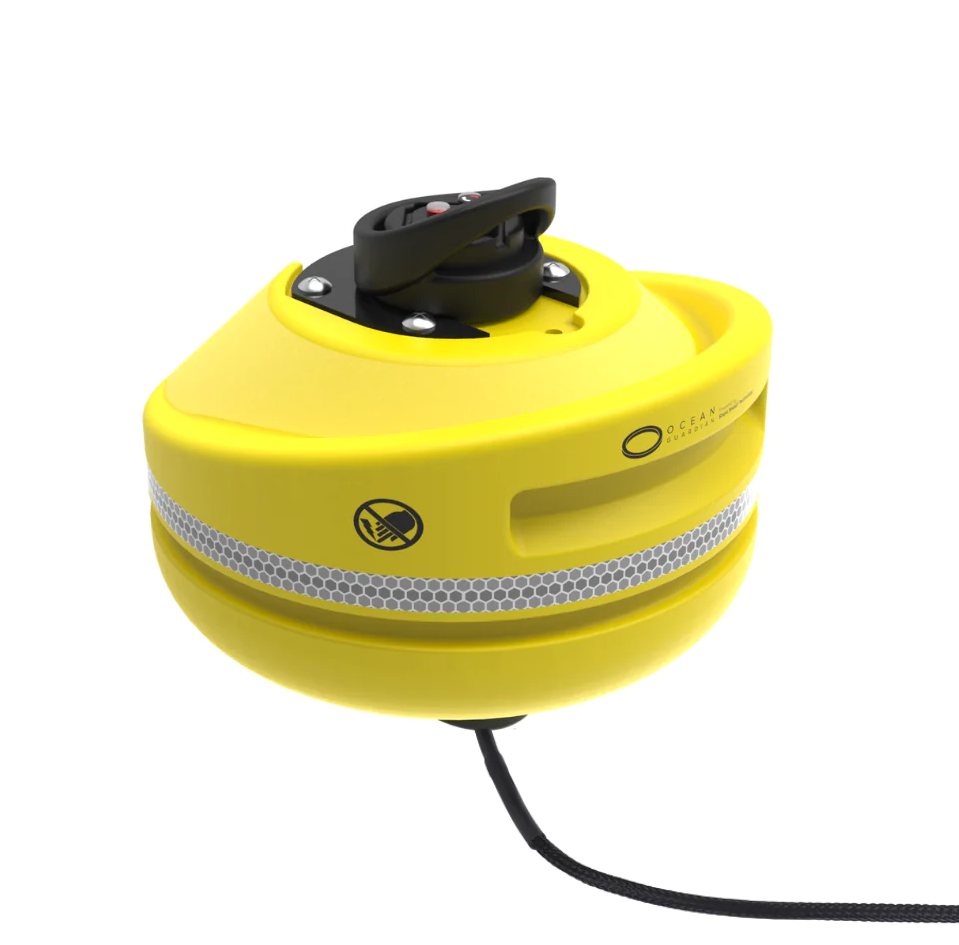 Ocean Guardian - Shark Shield - BOAT02
Ocean Guardian - Shark Shield - BOAT02
- Price A$ 3,349.00
-
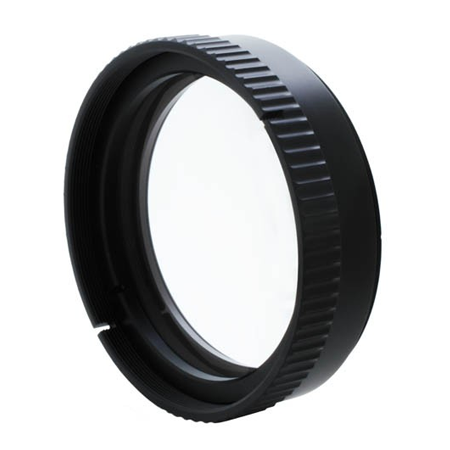 DYRON Macro lens UCL67II
DYRON Macro lens UCL67II
- Price A$ 199.00
-
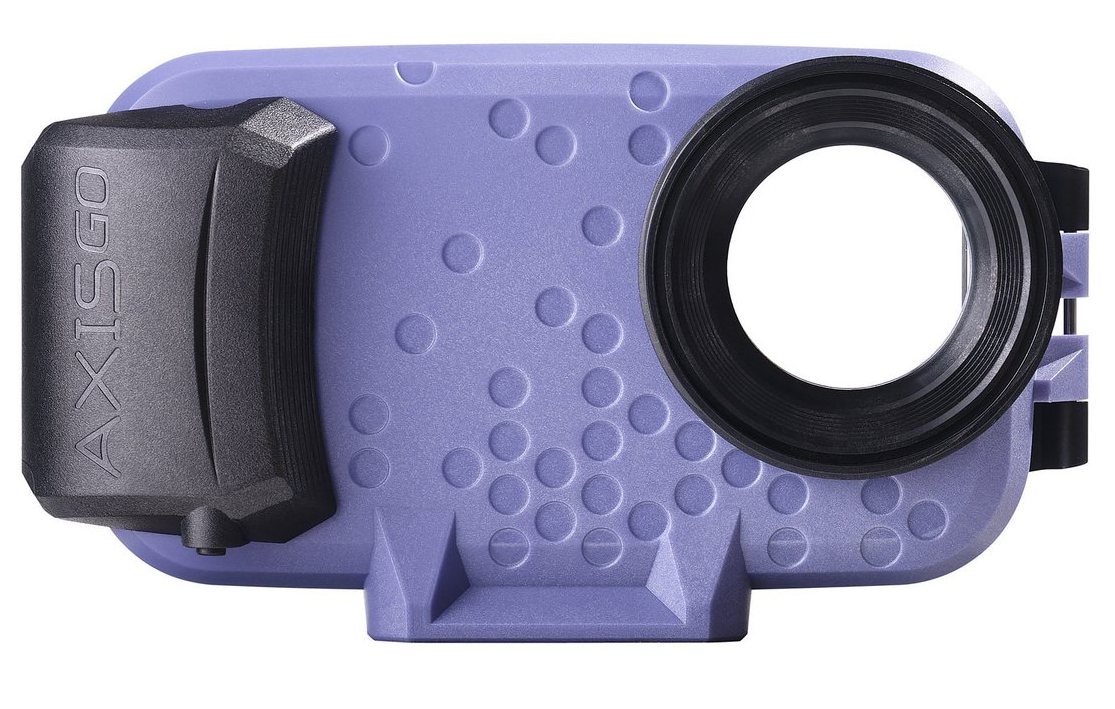 AxisGO Waterproof Case for iPhone 12
AxisGO Waterproof Case for iPhone 12
- Price A$ 169.00
-
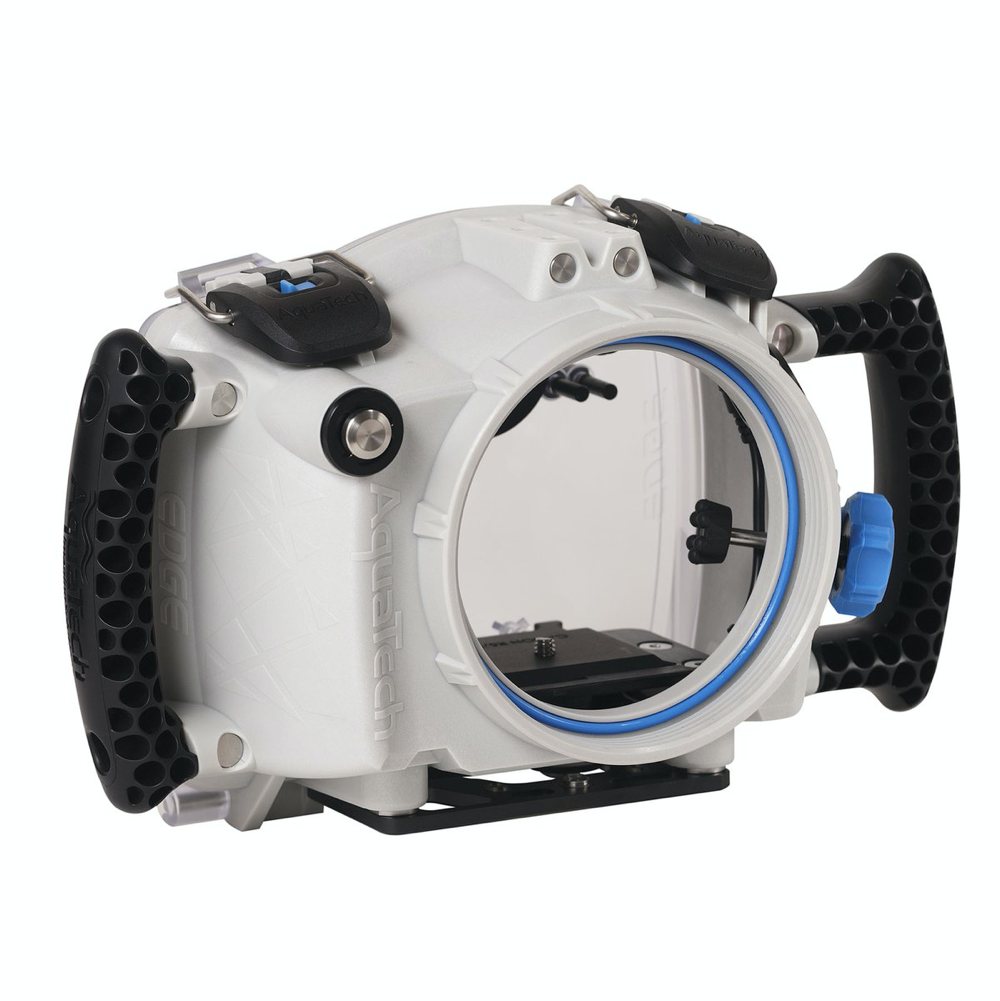 AquaTech EDGE Pro Camera Water Housings - Canon EOS mirrorless
AquaTech EDGE Pro Camera Water Housings - Canon EOS mirrorless
- Price A$ 1,949.00
In the Directory



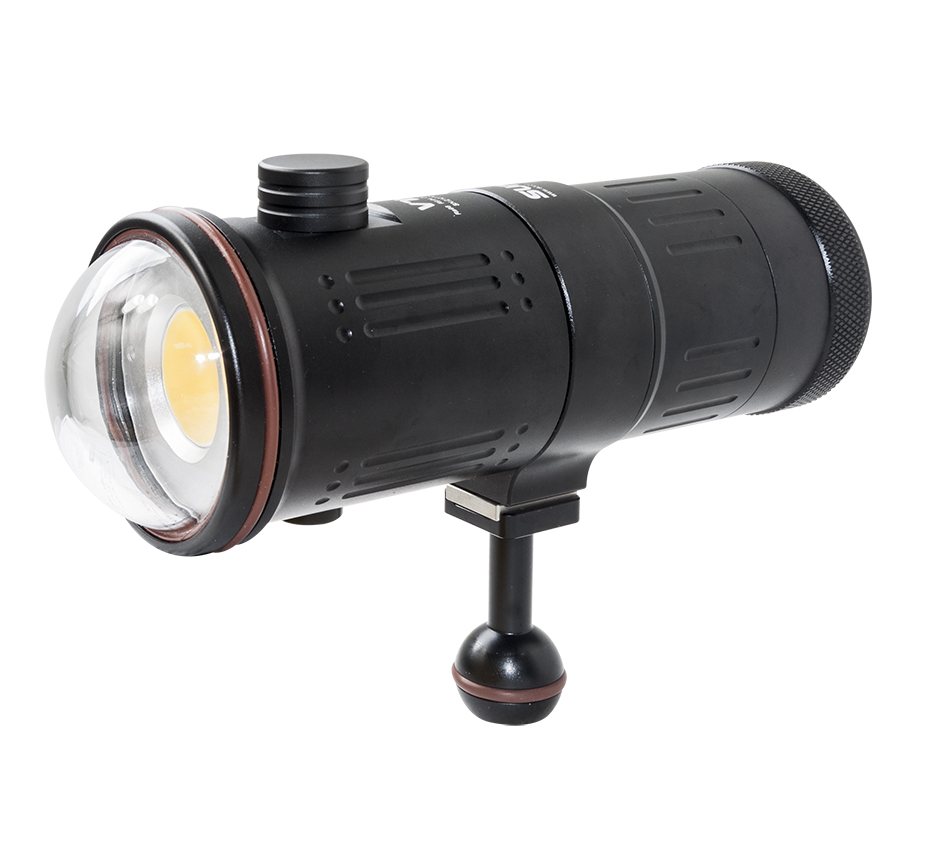
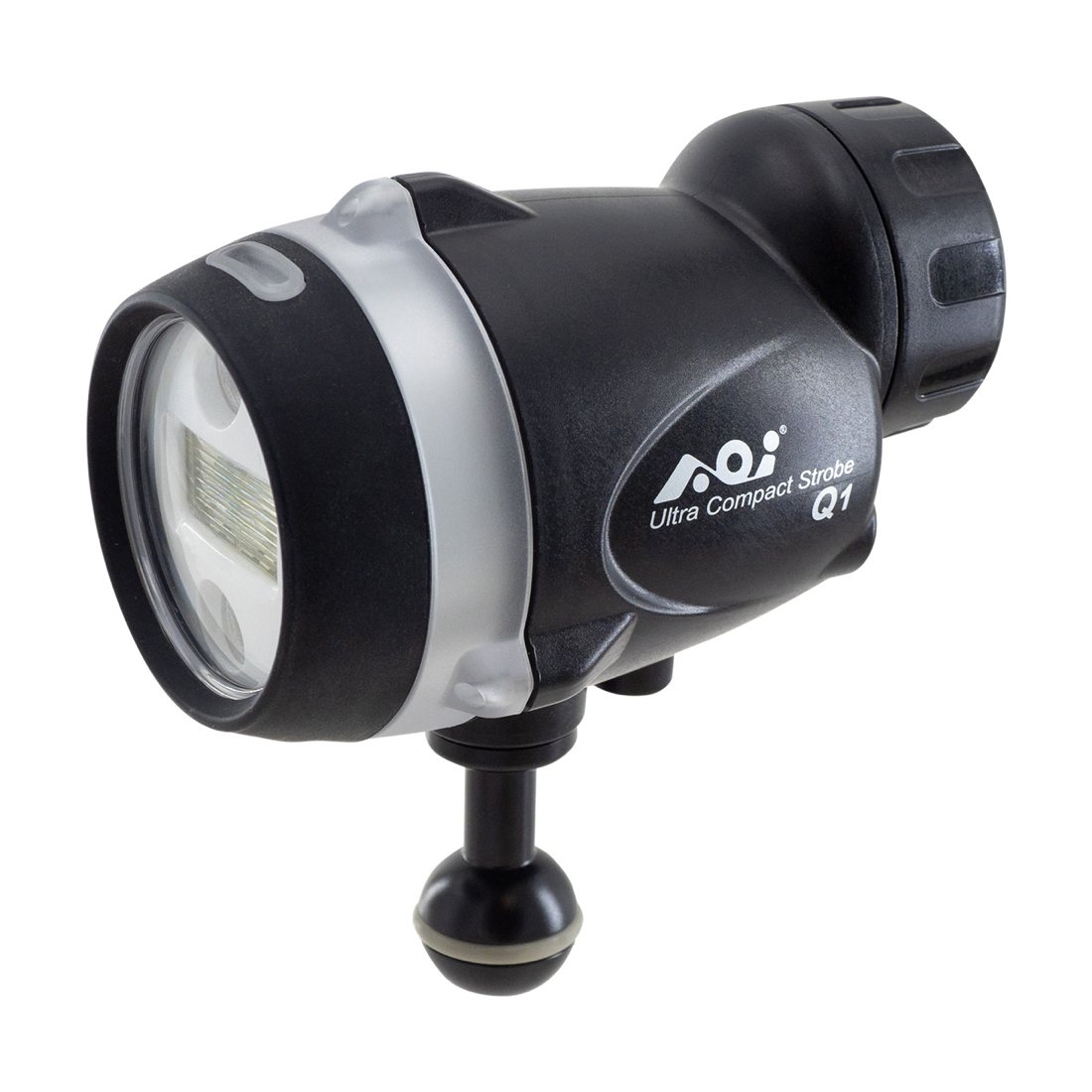



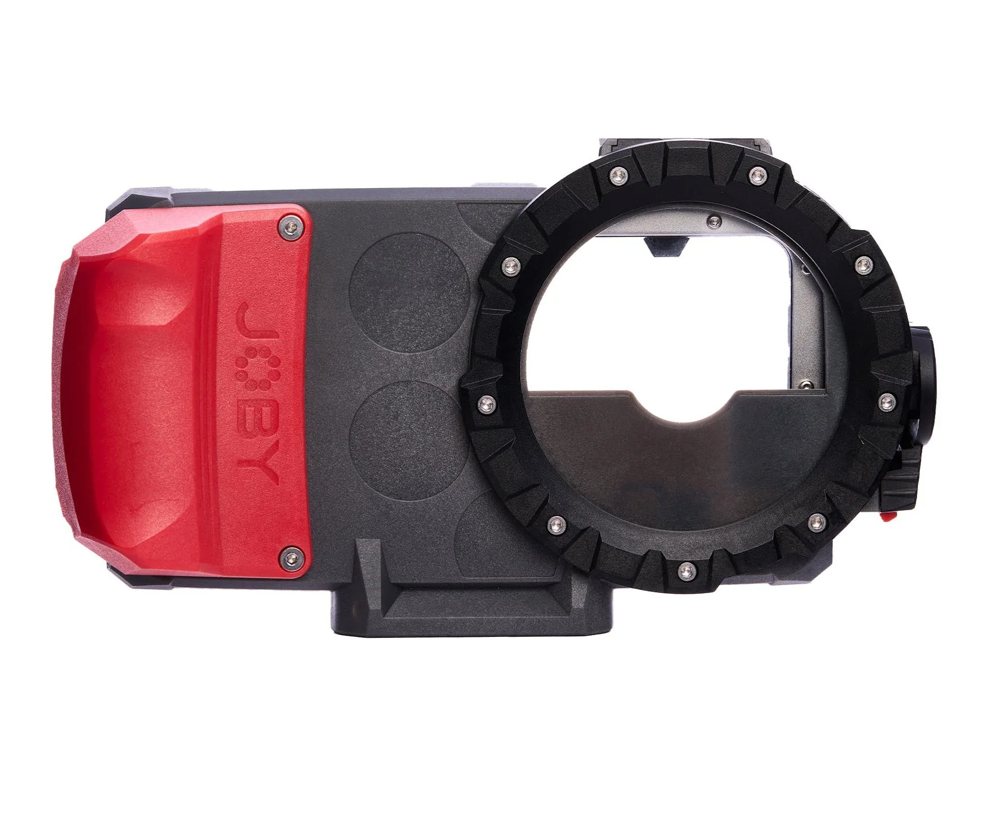




 Fantasea FRX100 VA Vacuum Underwater Housing for Sony RX100 III / IV / V / VA
Fantasea FRX100 VA Vacuum Underwater Housing for Sony RX100 III / IV / V / VA 




